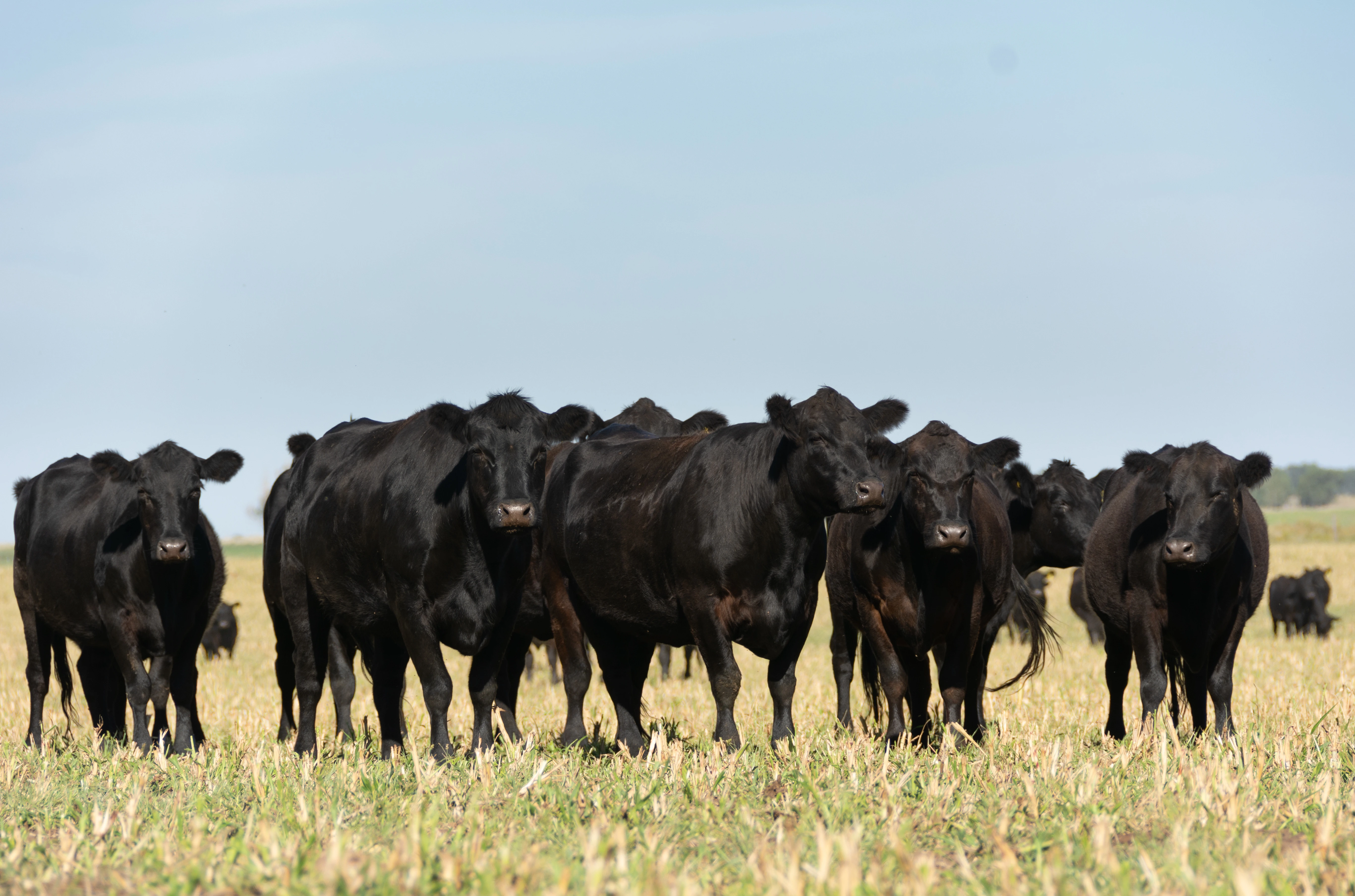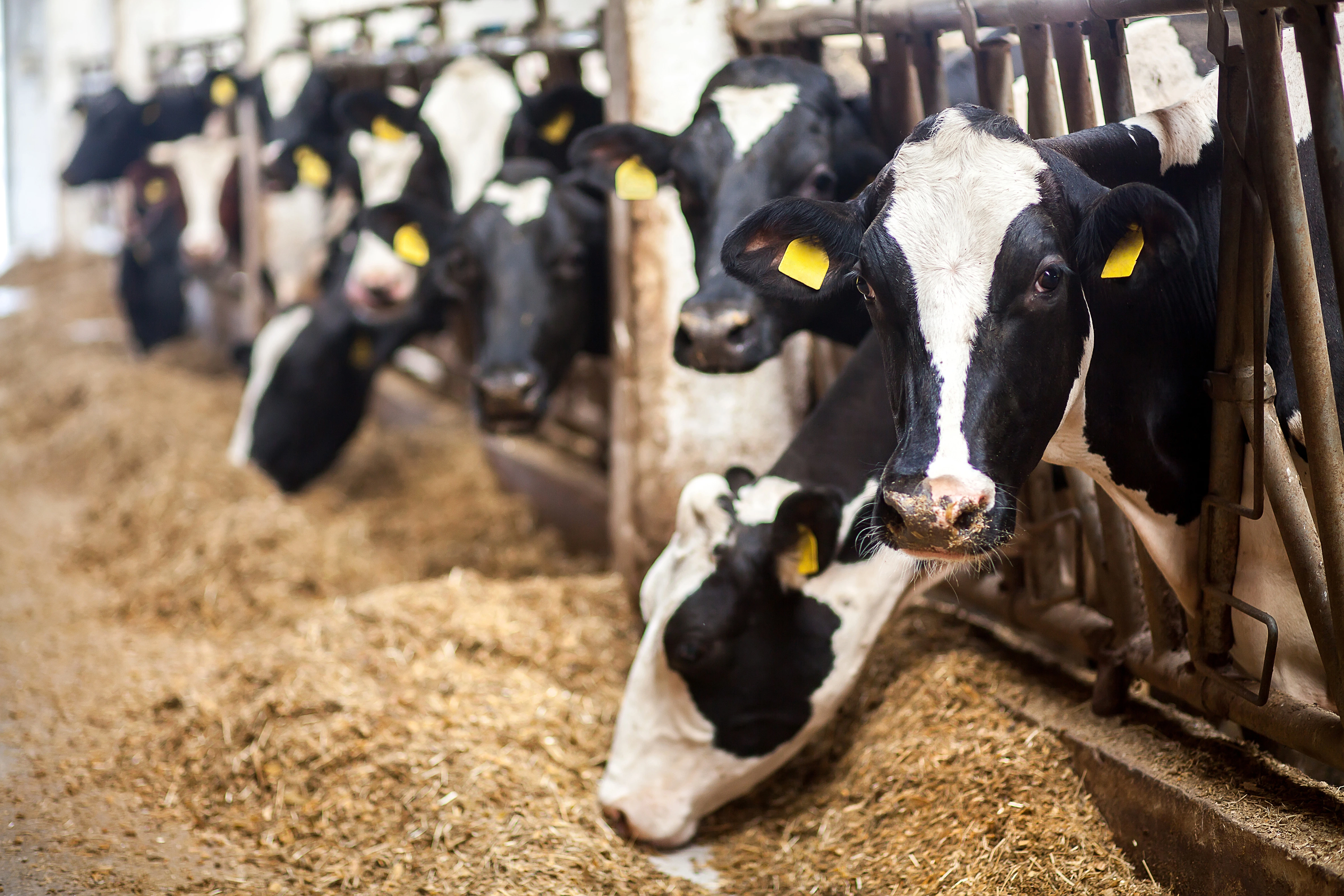
By Jared Schenkels, DVM, The Dairy Authority
There was a time when we thought all cows lost body condition in the early lactation weeks after calving. Body condition score (BCS) at calving of 4.0 or above? No problem, she’ll “milk it off.”
But now we’re learning that it actually is a problem. Recent research is showing that not only are fatter cows at calving more susceptible to fresh-cow health disorders, but also are less likely to become pregnant in a timely manner.
Dr. Paul Fricke at the University of Wisconsin has explored this issue in great depth. Dr. Fricke is a part of the research team that developed the OvSynch – and, subsequently, “Double OvSynch” – breeding protocol.
In one study, they looked at data from cows enrolled in previous reproduction studies. They found that the general trend of fresh cows losing weight in early lactation proved to be true. But then they segmented those cows according to their BCS at freshening and its subsequent change in early lactation – either lost, neutral or gained weight. The results were fascinating.
Among those thousands of cows, there was a subset that actually gained weight in early lactation. Even more interesting was the fact that the same group of animals had the best embryo quality and fertility, while the group that “milked off” the most weight after freshening had the worst. And there was no significant difference in milk production between the groups.
When we look at our commercial herds, these findings begin to make a lot of sense. We know that fat cows at freshening tend to have more postpartum health events like metritis and retained placentas that affect their subsequent fertility when we go to breed them back.
Another piece of this fertility puzzle appears to be related to egg quality. The eggs that will be ovulated when we start breeding are maturing in the previous 60-90 days. If cows are mobilizing body condition and losing weight as those eggs mature, the eggs suffer in quality compared to those of cows that are eating well and gaining weight in the maturation period. The result of shedding weight in early lactation: lower conception rates, and poorer quality of the embryos from the eggs that do become fertilized, resulting in fewer long-term pregnancies.
Dr. Fricke and his colleagues have found that the cows that respond best to Double OvSynch are the cows that have not lost weight in early lactation. Often when we are using estrous synchronization programs with sub-par results, we blame on-farm compliance, or even the protocol itself. If cows aren’t getting pregnant, we change the protocol.
What we really need to focus on is drying cows off at a moderate BCS around 3.25-3.50, and maintaining it until freshening. High-straw, DCAD diets do an excellent job of keeping weight off during the dry period, and have all but eliminated milk fever incidence.
But we also don’t want cows to lose weight in the dry period, as that can lead to metabolic problems like ketosis and DAs after freshening. Like so many things in dairy production, we want to strike the perfect balance when it comes to managing BCS throughout the lactation and calving cycle.
When cows freshen without excess weight, they are hungrier and tend to eat more instead of mobilizing body condition. That extra rumen fill and digestive activity is exactly what we want to launch a productive lactation, and those cows are then healthier, more fertile, and ready to re-breed when the time comes.
Because we are able to get them pregnant again faster, it also becomes easier to manage their body condition leading up to dry-off, because they are not as likely to become stale and over-conditioned at the end of lactation.
In short, what we have learned from this work is:
- It is not a foregone conclusion that cows have to lose weight in early lactation.
- If breeding results are disappointing, the culprit may be the condition of your cows, not the protocol or its implementation.
- Maintaining lean and steady body condition throughout lactation and the dry period will positively impact metabolic health, dry-matter intake, and fertility.
High fertility begets efficient BCS management begets high fertility again. It’s a positive cycle that sets herds up for perpetual success.








